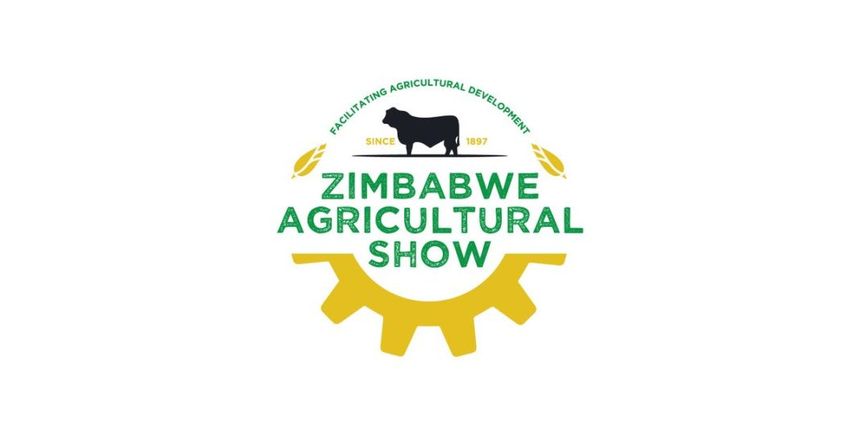Mining and agriculture in symbiotic relationship
Share

Harare (New Ziana) –Conflicts between the agriculture and mining sectors have declined since 2018 when they started forging partnerships to uplift livelihoods in communities through various initiatives, an official has said.
Deputy Minister of Lands, Agriculture, Fisheries, Water and Rural Development, Vangelis Haritatos said this on Thursday while addressing a Minex (formerly Mine Entra) mining and agriculture breakfast interface at the ongoing Harare Agricultural Show.
Haritatos said the agriculture sector had managed record production during the 2023 season through government interventions and the coming on board of the private sector.
He said the mining sector had become one of the major financiers of the country’s agricultural transformation.
Known as strange bedfellows, transformation of the Zimbabwean economy into an upper middle-income economy is anchored on mining and agriculture with the Ministry of Finance and Economic Development revising upwards the 2023 growth rate from 3.8 percent to 5.3 percent on the high growth in agriculture at 9.7 percent and mining at 4.8 percent.
“Just to put it on record, the targeted production going into the 2023/24 season is 2.4 million metric tons of maize; 132 000mt of soya; 315 000mt of sorghum; and again we expect to smash wheat production with our current record planting area of just over 90 000ha with an expected production 420 000mt,” Haritatos said.
The sector recorded a 14.3 percent growth in milk production from 2021 to 2022, tobacco production made history with 294 million kg, the virtually dead cotton sector rose to a US$90 million subsector supporting 500 000 households while in horticulture, blue berries grew by 69 percent from 2022.
Mining has also made giant strides with a number of mines ramping up production while new ones such as Prospect Resources Acardia Lithium Mine were opened in Goromonzi.
Haritatos said while the two sectors were well known for a relationship fraught with conflicts, relations have taken a turn for the better beginning in 2018 when they forged partnerships to uplift livelihoods in communities through the Livestock Revitalisation Programme.
The arrangement was brokered by the Zimbabwe Agricultural Society (ZAS) with the Mines and Agriculture Ministries forging to artificially inseminate cattle to enhance animal genetics for better breeds that fetch higher prices on the market and uplift rural communities that rely on cattle as a store of value and economic driver.
“Since then the relationship between the two sectors has been getting better and better. Mining companies have now emerged as the biggest investors in agriculture within their sphere of influence,” Haritatos said. “All major mining companies such as Zimplats, Unki, Mimosa and ZCDC have made significant investments in their communities.”
“Miners have also supported sustainable fish farming, poultry, dairy and beef farming as well as irrigation projects within communities. With a booming mining sector, Government is confident of reaching the target of US$12 billion-dollar mining revenue by the end of this year.”
The economy is assured of US$20 billion from the two sectors with agriculture on its part having already surpassed the US$8.2 billion target which was set for 2025 after the successful launch of a number of sector strategies. These include the Agricultural Recovery Plan, Livestock Recovery and Growth Plan, Horticultural Recovery and Growth Plan, Accelerated Irrigation Rehabilitation and Development Plan, Tobacco Value Chain Transformative Strategy and the Traditional Grains Development Strategy as tools to drive the implementation of various programmes and projects to support the Agriculture and the Food
Systems Transformation Strategy.
While communities are calling for sustainable investments and legislation for corporate social responsibility in the Mines and Minerals Amendment Bill, Haritatos appealed to mining houses to help with irrigation development with his ministry targeting to put 350 000ha under irrigation by 2024.
“We need your support. As you are well aware, we are expecting an El Nino and therefore irrigation development remains the most critical intervention to climate change related shocks,” he said.
New Ziana









